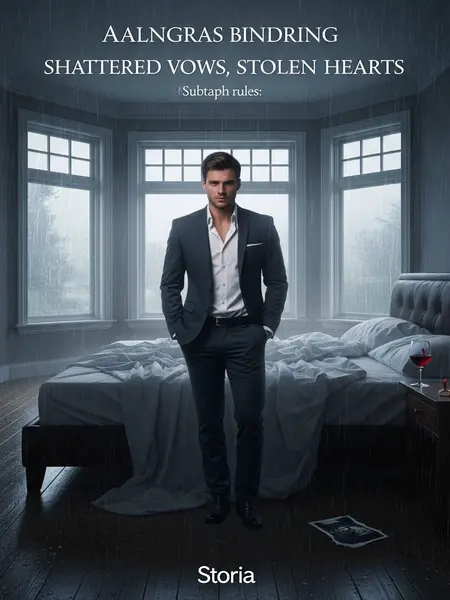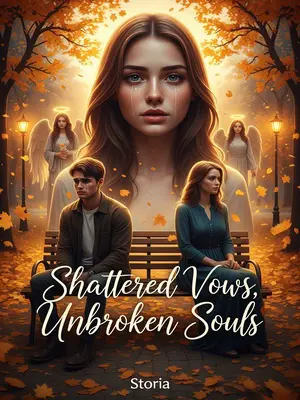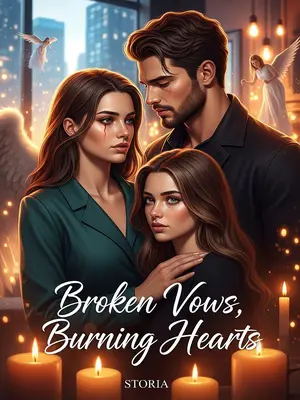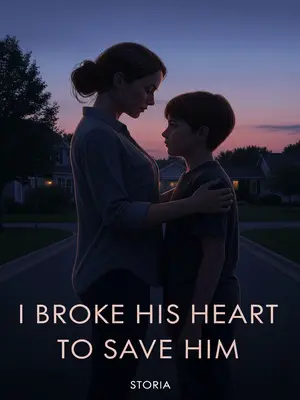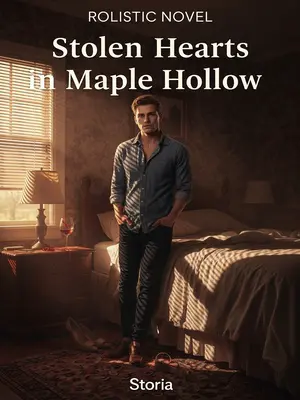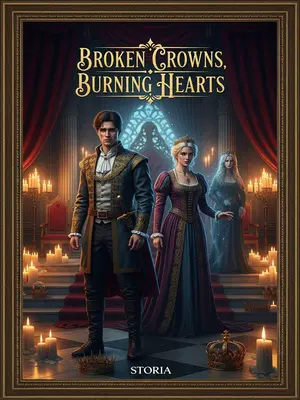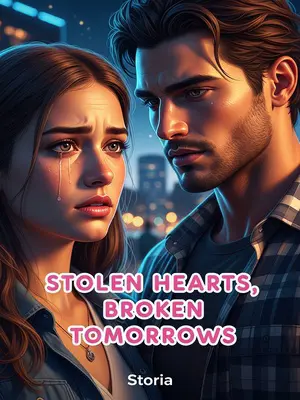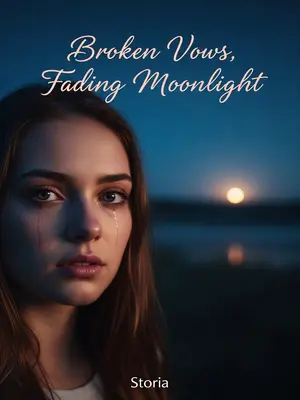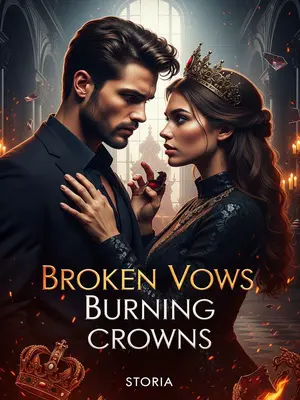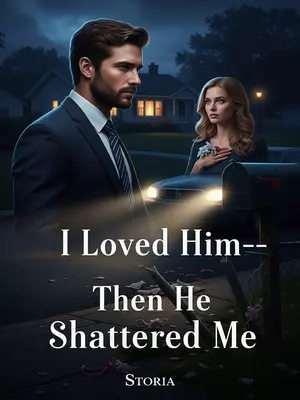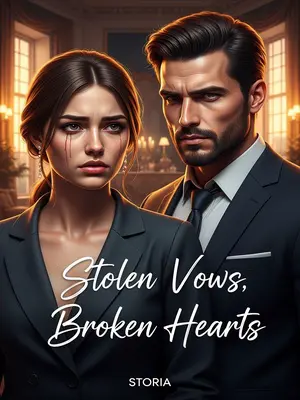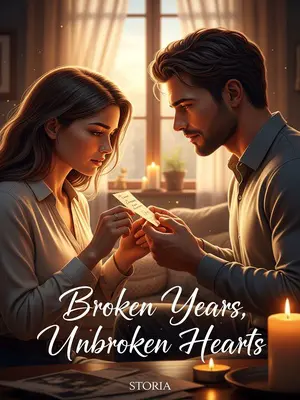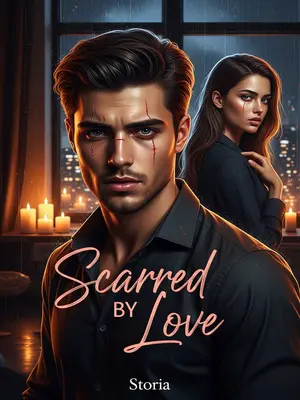Chapter 1: Promises Under Colorado Skies
I was adopted by the Whitmore family when I was five. Harrison and I grew up side by side—close as siblings by circumstance, but always with a tension beneath the surface that felt like something more. We weren’t related by blood, but the line between family and something deeper blurred as we grew up together, making every moment between us complicated in ways I didn’t yet understand.
Sometimes, I replay those early days in the Whitmore mansion—a sprawling, sunlit house perched on the edge of Lake Michigan, its halls echoing with the faint scent of lemon polish and fresh-cut flowers. The air was cool and tinged with the aroma of snickerdoodles Harrison would sneak from the kitchen. The marble floors chilled my bare feet, and distant classical music drifted from behind closed doors. Harrison was the first person to truly see me—a scrappy kid with a tangled ponytail and a suitcase nearly as heavy as my worries. He’d slip me cookies, and at night we’d hide beneath a blanket fort, whispering about dreams and daring each other to believe in a future that belonged only to us.
The Whitmore family’s business empire was vast, spanning everything from luxury real estate to tech, but at its heart was the diamond trade.
Their name was legendary in America—at every major gala in New York or LA, at least one Whitmore piece would be sparkling beneath the crystal chandeliers. The Whitmores were old money, but their ambition was razor-sharp and modern. I’d hear the adults negotiating late into the night, their voices low and tense over the clink of bourbon on ice and the faint hum of a jazz record.
When I turned ten, the Whitmore elders took Harrison and me to tour one of their diamond excavation sites in Colorado.
We caravanned up winding mountain roads in a fleet of black SUVs, the Rockies looming above us, snow still dusting the peaks. The air was thin and carried the crisp bite of pine needles and distant campfire smoke. The grown-ups wore hard hats over designer sunglasses, but Harrison and I tore through the site, chasing each other past bulldozers and the rumble of earthmovers. We stopped to watch a family of mule deer cross the clearing, our pockets stuffed with trail mix and cans of grape soda, the mountain breeze tasting like freedom and endless possibilities.
Rough stones of every imaginable size were washed clean and laid out on swaths of black velvet. Even uncut, they glittered like a handful of stars tossed across midnight.
I pressed my face to the glass, breath fogging it as I stared. The gems caught the sun in dazzling bursts—raw, flawed, but mesmerizing. Harrison nudged me, grinning, and we watched our own ghostly reflections hovering above the velvet, wide-eyed and full of awe.
Everyone admired the diamonds. Harrison’s parents told him, “This is the world you’ll inherit one day.”
Their voices brimmed with pride, but also a heavy sense of expectation—like they were passing down not just riches, but a legacy that would shape his entire life. Harrison’s eyes shone with excitement and fear, his small hand squeezing mine like he needed an anchor.
Harrison turned to me, his face earnest, and reached for my hand. “Promise you’ll always be here?”
His voice was barely above a whisper, but the look in his eyes made it feel like a vow. His fingers trembled, and I squeezed back, silently promising I wouldn’t let go.
That promise became a part of me, etched deep in my heart.
Even now, years later, I still feel the echo of that moment—like a ripple spreading through every choice I made after.
To be honest, I never truly loved sketching or design, but I could never say no to Harrison—because I liked him more than I ever admitted.
He’d ask me to draw with him, and even though my lines wobbled and my patience wore thin, I’d always try. Sometimes he’d laugh at my clumsy doodles, but he kept every single one in a little box under his bed.
From that point on, I dove into jewelry design, entering national and international competitions.
At first, it was just to make Harrison happy. But over time, I found a rhythm—the quiet thrill of transforming raw stone into something beautiful and enduring. My world became a blur of sketches, gemstones, and late nights hunched over a drafting table, the smell of coffee and graphite mixing in the air.
After graduation, Harrison took over the family’s diamond business, and I became his chief designer.
We were unstoppable together. Boardrooms and glittering showrooms replaced our playgrounds, but the sense of partnership remained. People started calling us the Whitmore Dream Team.
My designs never let him down.
Every time I handed him a finished piece, I’d watch for that flicker of pride in his eyes—his silent way of saying thank you. It meant more to me than any trophy or headline.
I always managed to coax the best out of every stone, shaping them into something that felt just right. Inspiration never seemed to leave me.
Even on the days when the pressure felt like it might break me, I’d remember that promise in Colorado. Somehow, it always brought the spark back.
Once, during an interview, Harrison was asked which diamond mined, cut, and polished by the Whitmore family had moved him the most.
The room hushed, all eyes on him. I held my breath, waiting for his answer.
He paused, smiled at the camera, and said, “Lillian.”
The interviewer blinked, caught off guard, and the room broke into gentle laughter. But Harrison’s gaze never left mine—steady, sure, full of meaning.
“Lillian” was the diamond he personally mined at eighteen. It wasn’t large, but its purity was exceptional—top FL grade.
He was so proud that day, dust and sweat streaking his face, holding up that tiny, perfect stone like it was the world’s greatest secret. I teased him about it, but deep down, I thought he was right.
He joked and named it after me, saying this diamond was just like me: pure and flawless.
He said it in front of everyone, his tone light but his eyes serious. My cheeks burned, but I couldn’t stop smiling for hours afterward.
I designed, polished, and set it myself, choosing a simple platinum band. Someone once offered a fortune for it, hoping to curry favor with Harrison, but he refused to sell. He wore it on his ring finger—the one reserved for wedding bands.
I’d catch him tracing the band during meetings, or glancing at it with a secret smile when he thought no one was watching. Rumors buzzed, but neither of us ever explained.
I don’t know if it was meant as a hint, but our mutual understanding and unspoken feelings only grew.
There was a comfort in our quiet, in the language only we understood. Every look, every touch, felt like a conversation we’d been having all our lives.
I stood with him on the top floor of Whitmore & Co.—the executive suite. It was always cold up there, but I made sure that whenever he turned around, he’d see me—just as he once promised: I would always be by his side.
The city lights stretched below, a glittering sea, and sometimes we’d stand together at the window, shoulders touching. I liked to think that in those moments, we were both remembering that promise in Colorado.
